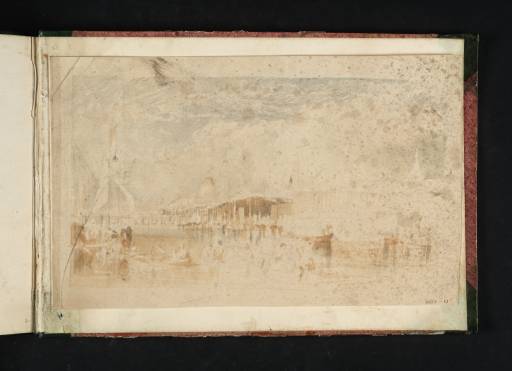References
How to cite
Thomas Ardill, ‘The Pool of London, Looking Towards London Bridge c.1820 by Joseph Mallord William Turner’, catalogue entry, August 2009, in David Blayney Brown (ed.), J.M.W. Turner: Sketchbooks, Drawings and Watercolours, Tate Research Publication, December 2012, https://www

